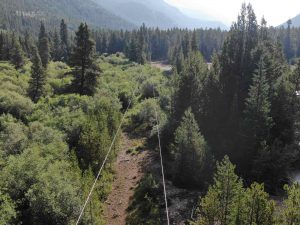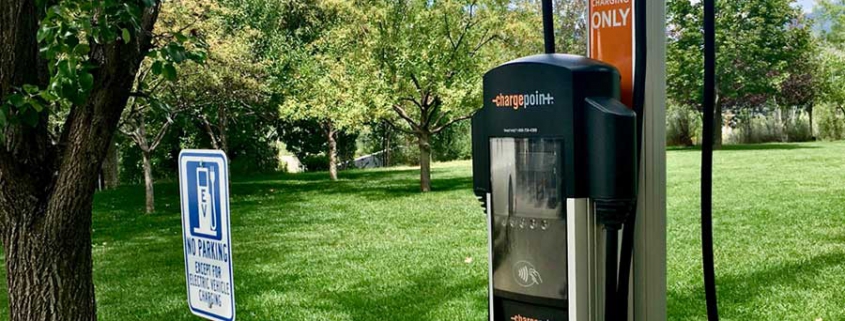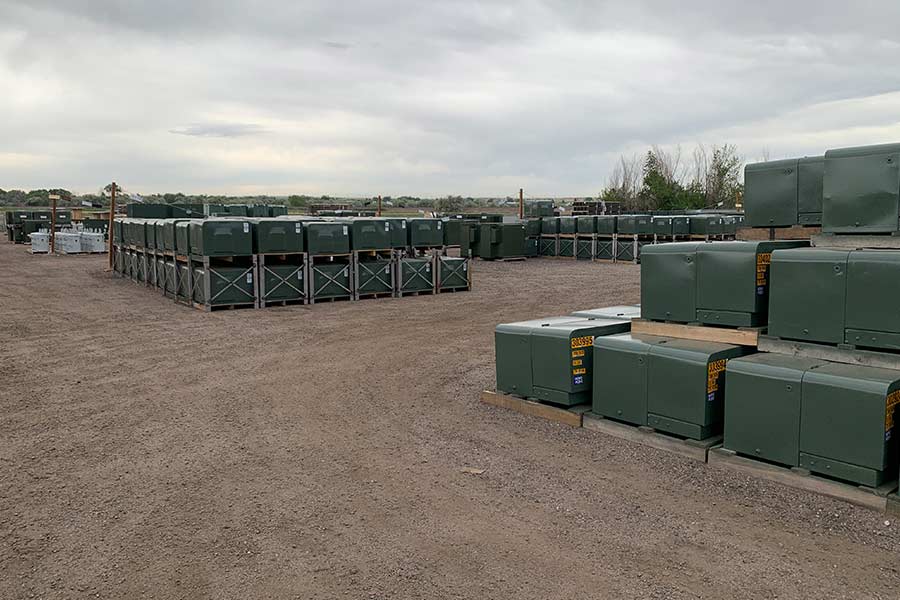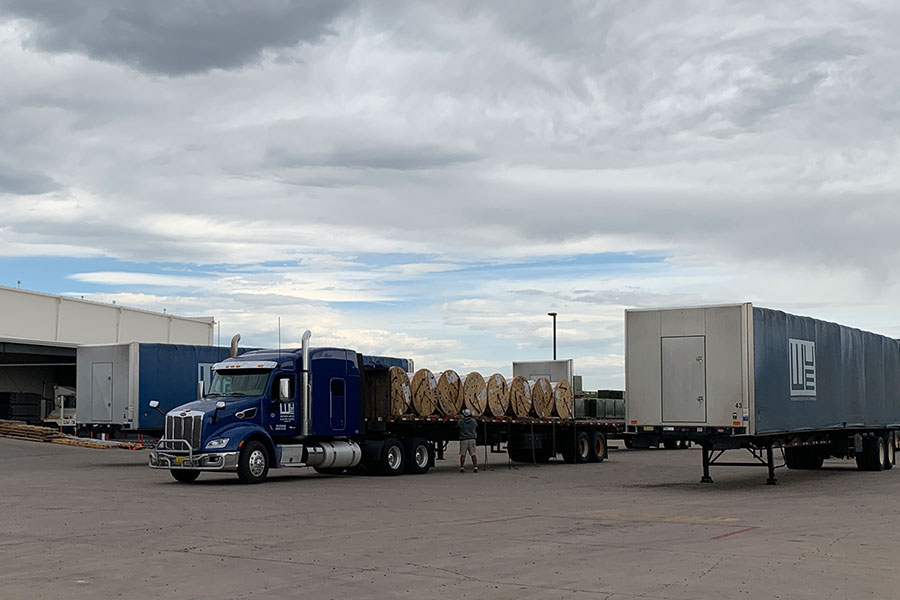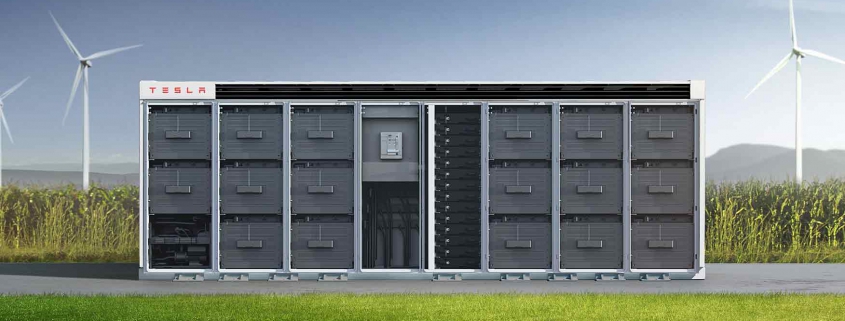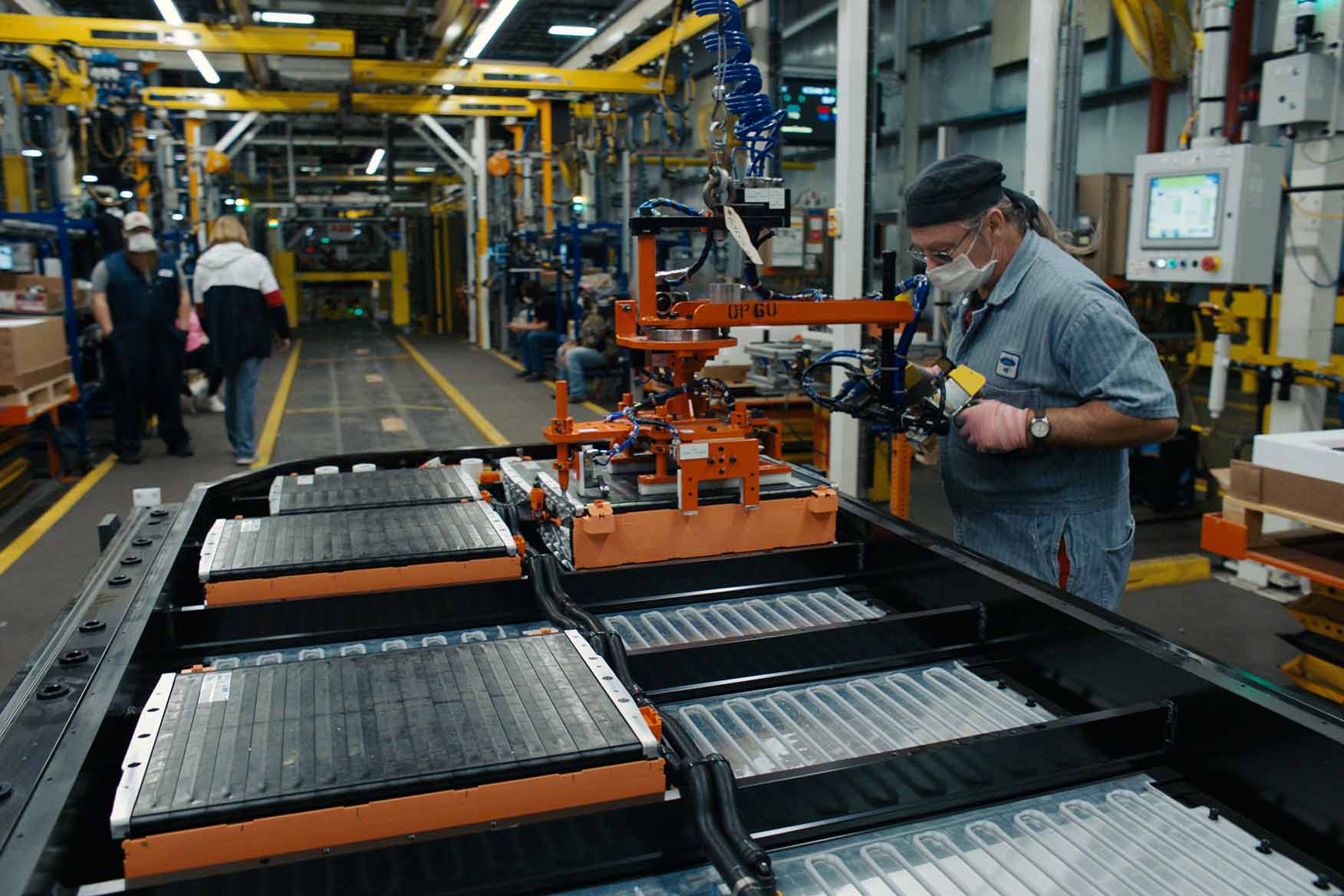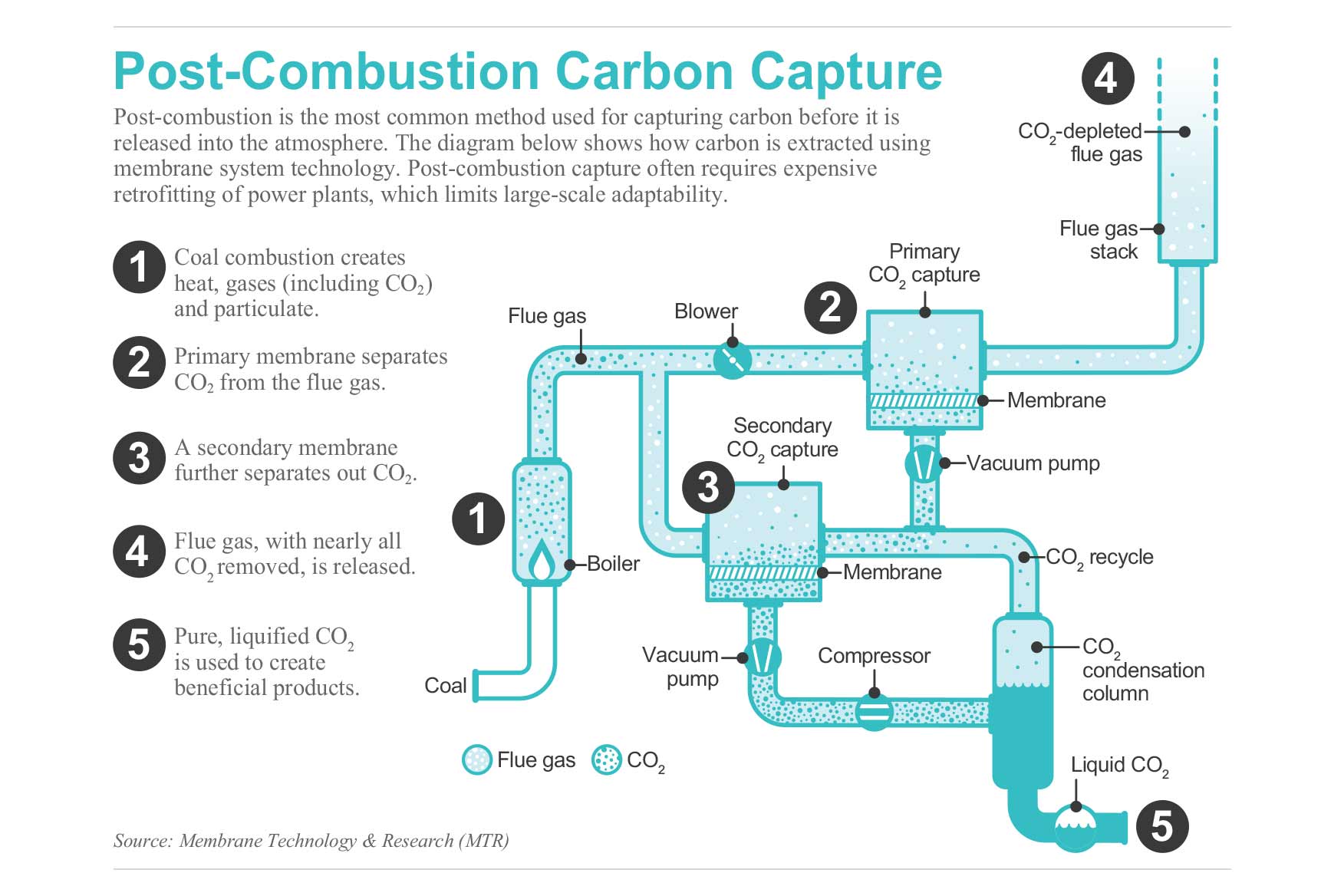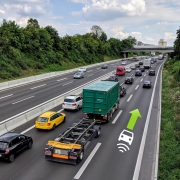Significance of Supply and Demand at Co-ops
By Kylee Coleman
Supply and demand. It’s not a new concept. It’s our collective way as a society of finding balance for goods and services, such as that piping hot cup of joe from your favorite java drive-thru on a subzero Colorado morning. They supply the steaming paper cup full of roasted, ground, filtered and brewed beans. And most mornings, let’s face it: we demand (and sometimes need) the caffeination.
Finding equilibrium is always a goal when it comes to supply and demand. The larger coffee chains presumably work to source just the right amount of beans to keep the coffee flowing. If they receive an abundance of beans for seasonal pumpkin spice lattes, the company’s supply gets out of whack; the beans may perish before they get used or there’s a risk of not having adequate storage space for the supply.
Through a network of landowners, growers, vendors, importers-exporters, roasters and more, coffee chains source coffee beans to fulfill their supply and meet their demand — the strategy for future needs and sales is likely on point. But if just one of these links in the supply chain breaks, it could throw off the whole operation and then the opposite happens: not enough beans. What then? You can forget that Friday date with your standing order of a grande, hot Americano with cream.
What’s assumed in this example, is that your coffee chain has the adequate resources — beans — to maintain its role in our caffeine cravings.
Supply, demand and the grid
This coffee supply-demand example is admittedly elementary. Is it that straightforward when it comes to our electricity supply and the grid of the future? Short answer: No. So what does “supply and demand” have to do with your electric cooperative?
Clearly, the electric grid and electricity distribution are much more complex and important than a fondness for a Friday cup of coffee. “At every moment, electric utilities and grid operators match the supply of power to the load demands of consumers, but there are many other dynamics to consider,” Tri-State G&T CEO Duane Highley said. “Utilities need to be flexible with generation resources so that they can reliably serve loads.”
Electricity is seemingly simple and predictable at this point, right? We flip a switch and hit a button on the remote — the lights turn on and the TV powers up. That’s the reliability we’ve come to expect and depend on.
We don’t give it much thought because, even with significant changes to the grid and technological advancements over the last 70 to 80 years, Colorado’s electric cooperatives have done a remarkable job at keeping our time in the dark at a minimum.
But there is so much more behind-the-scenes action that powers your life.
Demands of evolving energy alternatives
Colorado is in the midst of a clean energy transition. In 2019, the state legislature passed laws that set Colorado’s decarbonization goals. The state is moving away from coal-generated electricity and there is a major shift happening both in Colorado and across the country.
What may not be readily apparent to many consumers is, with these decarbonization efforts and the shift from fossil fuel energy sources, demand for electricity will grow — and continue to do so.
Consider, for example, charging your electric vehicle at home, using an air-source heat pump for home heating, or cooking on an electric induction cooktop. This surge of electricity use has led to increased consumer concern about the adequacy of electric resources to meet demand. Consumers are using more electricity, yet coal power plants are closing and being replaced with variable energy resources, such as wind and solar.
Even with these changes, outstanding reliability remains a core competency and primary goal of Colorado’s electric cooperatives and Tri-State G&T, the power supplier that serves the majority of the state’s electric cooperatives.
“The first job for Colorado’s electric co-ops is to keep power flowing to co-op consumer-members day and night, in good weather and bad,” CREA Executive Director Kent Singer wrote in a June 2022 column in Colorado Country Life magazine. “The energy transition that’s happening in Colorado adds yet another layer of complexity to the task of providing reliable, affordable electric service.”
The question your electric co-op is asking itself is: How will we maintain the reliability we are so good at providing if there’s a less-consistent supply from potentially variable generation resources such as wind and solar?
Resource adequacy explained
“Resource adequacy” is defined as the ability to provide reliable electric service at times of high demand or having enough capacity to meet customer needs under any scenario.
This means not only having sufficient supply to meet expected energy requirements, but also a reserve margin to account for potential situations that might impact the availability of resources. For example, more power might be needed when a long cold spell requires more heat for homes and businesses.
Situations like this not only affect our ability to light our kitchen, cook a meal and run the dishwasher at the end of the day, they also have the potential to impact the overall resiliency of the grid. That said, “resource adequacy” is closely tied to “grid resilience.”
“Grid resilience is not a new term for the utility industry as it’s what we strive for at Tri-State every day,” Highley stated. “But the way we approach grid resilience is changing.
“As we transition to cleaner energy,” Highley continued, “Tri-State recognizes the importance of establishing a regional transmission organization (RTO) in the West to access a larger pool of generation resources that enhances system resiliency. And we’ve been promoting timely participation in RTOs for years in order to meet the state’s and our members’ clean energy goals.”
The resource mix that utilities rely on to serve customer load includes increasing amounts of variable generation, such as wind, solar and emerging technologies. “Maintaining and enhancing the resilience of the grid requires continuous forecasting, planning, monitoring, testing and coordination,” Tri-State’s Vice President Planning and Analytics Lisa Tiffin said. “A changing resource mix, with increased renewable energy resources, adds new complexities that utilities are demonstrating can be well-managed to ensure reliability.”
With the increased use of wind and solar resources, emerging battery storage technology also has a role in resource adequacy. “When the output of renewable resources exceeds the immediate need for power, excess energy can be saved in batteries to provide power during periods of high demand or when there is decreased output from renewable resources,” Tiffin explained. “Battery storage has limitations due to efficiency, storage and charging hours and is not a single solution to resource adequacy and a resilient grid but is part of the overall solution in a transitioning grid.”
Reliability powering the clean energy transition
“Electric co-ops understand that electricity is the lifeblood of the West, and that electric system reliability is our first priority,” Highley said. “As a cooperative power supplier, Tri-State has risen to meet the challenges of resource adequacy and grid resiliency for decades, delivering reliable power to our members.
“As we move through our clean energy transition, our commitment to reliability is unwavering,” he continued. “Ensuring proper resource adequacy and grid resiliency helps ensure reliability, and we are working with our member co-ops, grid operators, stakeholders and regulators so that we can always keep the lights on.”
Just as our favorite coffee drive-thru needs the right amount of beans to keep its business booming and to keep us energized, Colorado’s electric distribution network needs the right amount and the right resources of power generation to produce the supply consumers have come to rely on and trust.
Through innovation, employing forward-thinking leaders, and setting and exceeding their own clean energy goals, Colorado’s electric co-ops are finding ways to keep resource adequacy, reliability and resiliency at the forefront of the conversation regarding Colorado’s clean energy transition. Not only that, your electric co-op is doing a remarkable job powering your way of life.
As Singer said, “Electric co-ops are confident that they can meet this challenge like they have met every other challenge for the past 80 years.”
Kylee Coleman researches and writes about topics affecting Colorado’s electric cooperatives and how your electric co-op innovatively approaches a rapidly changing industry.
For a deeper look into resource adequacy in Colorado and an analysis of potential legislation, visit crea.coop/crea-whitepapers.






